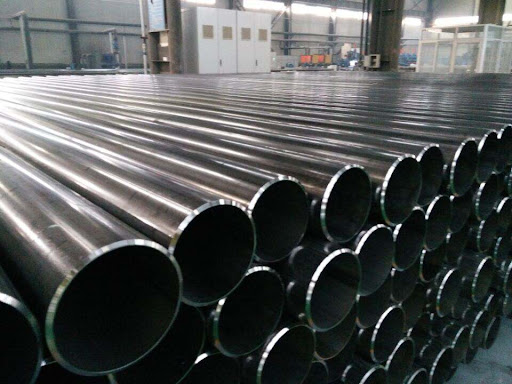Standard Pipe Diameters and DN Equivalents in Steel Pipes
Pipe Diameters and DN Equivalents in Steel Pipes
DN (Nominal Diameter): A term used in European standards that indicates the nominal inner diameter of the pipe in millimeters.
Standard Pipe Diameters: Steel pipes are produced in various diameters. The most commonly used standard pipe diameters and their DN equivalents are shown in the table below:
| Outside Diameter (mm) | DN | Wall Thickness (mm) |
|---|---|---|
| 10.2 | 6 | 1.0 |
| 13.3 | 8 | 1.2 |
| 17.2 | 10 | 1.2 |
| 21.3 | 12 | 1.5 |
| 26.9 | 15 | 1.7 |
| 33.7 | 20 | 2.0 |
| 42.4 | 25 | 2.3 |
| 48.3 | 32 | 2.9 |
| 60.3 | 40 | 3.2 |
| 73.0 | 50 | 3.6 |
| 88.9 | 65 | 4.0 |
| 108.0 | 80 | 5.0 |
| 133.0 | 100 | 6.0 |
| 168.3 | 125 | 7.1 |
| 219.1 | 150 | 8.0 |
Note: This table shows the most commonly used pipe diameters and DN equivalents. For more information, you can refer to the catalogs of pipe manufacturers or relevant standards.
Calculating DN Equivalent: The DN equivalent can be calculated using the following formula:
DN = (Outside Diameter - Wall Thickness) x 10
Example: A pipe with an outside diameter of 42.4 mm and a wall thickness of 2.3 mm has a DN equivalent of:
DN = (42.4 - 2.3) x 10 = 400
The DN equivalent of this pipe is 40.
Selecting Steel Pipes: There are many factors to consider when selecting steel pipes. Some of these are:
- Application: What will the pipe be used for? (Water, gas, oil etc.)
- Pressure: What is the pressure of the fluid that will flow through the pipe?
- Temperature: What is the temperature of the fluid that will flow through the pipe?
- Durability: How durable should the pipe be?
- Cost: What is the cost of the pipe?
